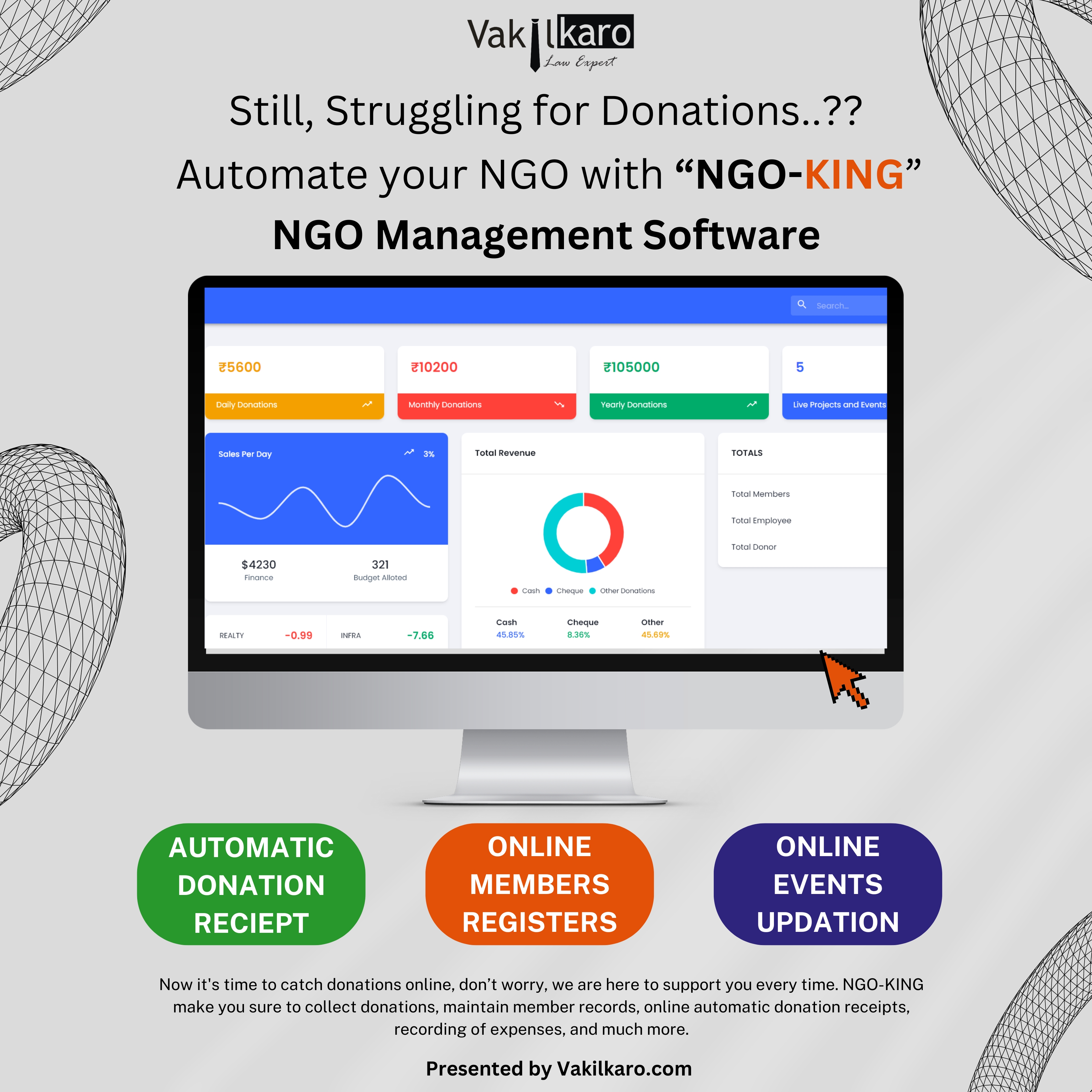_1733551518274.jpg)
Contents
Need Help?
Fill the Form Below

Frequently asked Questions FAQs
What is the effective date of the RBI’s Regulatory Framework for Microfinance Loans?
The Reserve Bank of India's (RBI) Regulatory Framework for Microfinance Loans became effective on April 1, 2022, subject to certain stipulations mentioned in paragraphs 5.3 and 9.3.
Which entities are covered under the applicability of these directions?
The provisions apply to all commercial banks (including small finance banks, local area banks, and regional rural banks), primary (urban) cooperative banks, state cooperative banks, district central cooperative banks, and non-banking financial companies (including microfinance institutions and housing finance companies).
How is a microfinance loan defined under these directions?
A microfinance loan is defined as a collateral-free loan given to a household with an annual income of up to ₹3,00,000. The household refers to a family unit, comprising a husband, wife, and their unmarried children.
What stipulation is made regarding collateral for microfinance loans?
To ensure the collateral-free nature of microfinance loans, these loans should not be linked to a lien on the deposit account of the borrower.
What is the maximum percentage of monthly household income that can be allocated to loan repayment obligations?
Each regulated entity (RE) must have a board-approved policy that limits the total loan repayment obligations of a household to a maximum of 50% of its monthly household income.
How are existing loan repayment obligations treated if they exceed the 50% limit?
Existing loans that have repayment obligations exceeding the 50% limit can be allowed to mature, but no new loans shall be provided to these households until they comply with the prescribed limit.
What is the requirement for the pricing of microfinance loans?
Each RE must implement a board-approved policy regarding pricing, which includes a documented interest rate model, delineation of interest rate components, and a ceiling on interest rates and charges applicable to microfinance loans.
Is there a penalty for prepayment of microfinance loans?
No, there shall be no pre-payment penalty on microfinance loans. Any penalty for delayed payments is applicable only on the overdue amount.
What is a Key Facts Statement (KFS)?
A Key Facts Statement (KFS) is a document provided to borrowers that outlines essential information about a loan agreement in simple, understandable language. It includes critical facts that assist borrowers in making informed financial decisions.
What is included in the KFS?
The KFS includes definitions of key terms, annual percentage rate (APR), the repayment schedule, and any charges that may be applicable. It helps borrowers understand all aspects of the loan clearly.
What should be done if a borrower faces repayment difficulties?
Each RE must establish a mechanism to identify borrowers facing repayment difficulties and provide them with necessary guidance and support regarding available recourse.
Are there guidelines for the conduct of RE employees?
Yes, REs must have a board-approved policy that includes training for employees regarding appropriate behavior towards customers. Responsibilities and conduct should be clear in the recruitment and monitoring processes.
Can RE conduct recovery operations in a harsh manner?
No, REs or their agents must not engage in harsh recovery practices. This includes using threatening language, harassing relatives, or engaging in violent behavior.
What is the limit for qualifying assets for NBFC-MFIs?
The new requirements state that NBFC-MFIs must maintain a minimum of 75% of their total assets in microfinance loans, which must align with the definition of microfinance loans.
What happens to ‘not for profit’ companies engaged in microfinance activities with an asset size of ₹100 crore and above?
These companies have had exemptions from certain RBI regulations withdrawn. They must register as NBFC-MFIs and adhere to the applicable regulations.
How does one assess the household income for microfinance purposes?
Each RE must set up a board-approved policy for assessing household income. This involves evaluating household profiles, sources of income, and expenses, considering all members' contributions over at least one year to ascertain income stability.
What are the parameters to capture household income?
The assessment should consider household composition, primary and secondary income sources, type of work, frequency of income, and any additional financial contributions from all earning members.
What documentation must be maintained for loan borrowers?
REs must provide loan cards to borrowers that detail their identity, pricing, terms and conditions of the loan, acknowledgements of repayments, and information regarding grievance redressal systems.
What role do Credit Information Companies (CICs) play in this framework?
Each regulated entity (RE) is required to submit household income information to Credit Information Companies (CICs). This helps in ensuring transparency and accuracy in assessing the borrower's financial standing and complying with repayment obligations.
What are the rules regarding the engagement of recovery agents?
Recovery agents engaged by REs must undergo a due diligence process which includes background checks, such as police verification. REs must provide borrowers with detailed information about recovery agents when initiating recovery processes.
What is the maximum limit on microfinance loans for NBFCs that do not qualify as NBFC-MFIs?
For NBFCs that do not qualify as NBFC-MFIs, the maximum limit on microfinance loans has been revised to 25% of their total assets.
What are the expectations for training of staff at REs?
REs should have a policy for employee training that focuses on customer conduct. This includes educating staff on appropriate behavior and ensuring they are well-equipped to handle customer queries and support.
Are there specific requirements for loan agreements in microfinance?
Yes, every RE must use a standard form of loan agreement that is easily understood by the borrower, ensuring transparency and clarity in terms.
How is the Annual Percentage Rate (APR) calculated for microfinance loans?
The APR is calculated as the annual cost of credit to the borrower and includes the interest rate and all associated charges. It provides borrowers with a clear understanding of the total cost of the loan over its duration.
What should be included in the pricing policy for microfinance loans?
The pricing policy should detail the interest rate model, break down components such as cost of funds and risk premiums, and establish a maximum interest rate ceiling to prevent usurious practices.
Do borrowers have rights regarding changes in interest rates or charges?
Yes, borrowers must be informed of any changes in interest rates or other charges well in advance, and such changes should only be applicable prospectively.
How should REs ensure compliance with the indebtedness level?
REs are responsible for timely and accurate data reporting to CICs, assessing borrowers' existing debts, and verifying this information through multiple sources including bank statements and declarations from borrowers.
What responsibilities do REs have in case of outsourced activities?
When outsourcing any activities, REs remain accountable for compliance with these directions. They must ensure that their obligations are adhered to, regardless of whether the task is outsourced.
What are the expectations for the recovery practices by REs?
REs must establish a fair and transparent recovery mechanism while avoiding any harsh or coercive methods. Engaging respectfully with borrowers who face repayment challenges is essential.
How does the RBI support financial transparency and health in microfinance?
The RBI provides a regulatory framework urging REs to adopt best practices, maintain fair pricing, and ensure transparency in lending practices to protect borrowers, particularly low-income households.
Disclaimer : All articles published by Vakilkaro are intended for general informational purposes and public awareness only. They do not constitute legal advice, nor does Vakilkaro guarantee their completeness, accuracy, or current applicability. Readers are advised to consult with a qualified professional or advocate before taking any legal decisions based on the information provided. Vakilkaro and its authors shall not be held liable for any direct or indirect loss, damage, or consequences arising from reliance on the content of these articles

